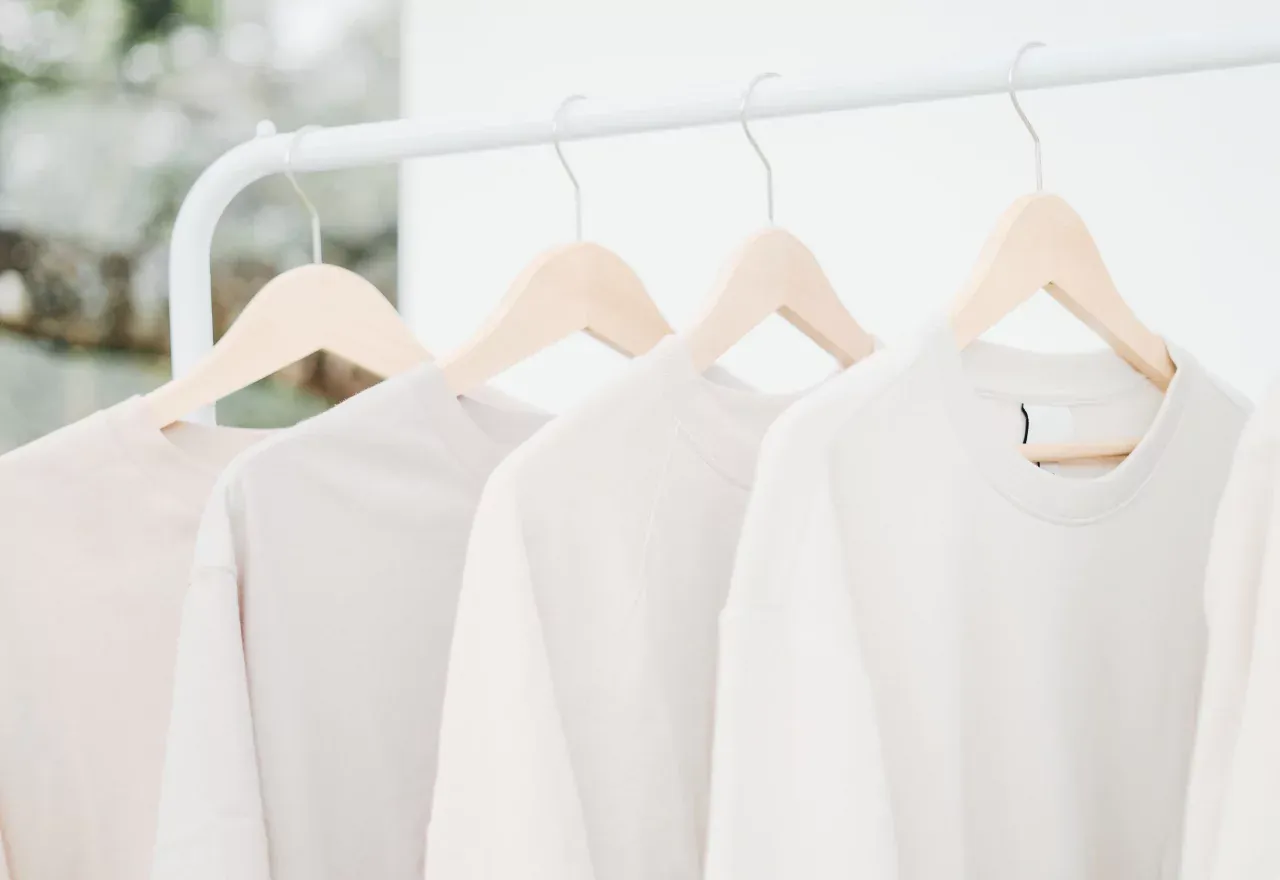
How to choose high-quality garments that will last longer, will not contain plastic, and won't break the bank?
As I mentioned in the previous post, for me, the aesthetics of the wardrobe is achieved by a simple idea. Everything in my wardrobe is perfect (which means it is of high quality and is combined with other things in the closet) and brings me joy; it's aesthetically pleasing.
And today, I'd like to talk about high-quality items that agree with the first rule of sustainability, which is Reduce.
WAIT! If you’re more of a visual learner, check out my YouTube video where I detail everything in this post.
Pin for later:
To start with, I prefer quality over quantity. In other words, I like to buy fewer items that will last longer and do less harm to the environment rather than buy more low-quality garments that will do completely the opposite.
What are the high-quality items made of?
First, fabrics such as wool, cashmere, linen, hemp & cotton are natural fibers. They all biodegrade over time.
Second, these are fibers such as tencel, modal & viscose. They are made from the pulp of beech trees, so they biodegrade, too.
The idea behind this list is to try and stick to these fabrics when choosing a garment. If it's impossible (like buying skinny jeans or other types of stretchy clothes), then try and determine the garment with more natural fibers in it than plactiс ones (like elastane, polyester, etc.).
Where to shop for high-quality garments?
There are 3 types of shops out there:
First, these are shops owned by eco-friendly brands (that only produce clothes from natural fibers). My favorites are:
https://unitedbyblue.com
https://www.solunacollective.com
https://twodaysoff.com
https://wearpact.com
https://organicbasics.com
https://www.wooloverslondon.com/
Second, these are shops owned by regular brands (be it mass-market or high-end ones). But you can find special eco collections in such shops. But be aware that some of these collections are mainly produced of recycled synthetic fabrics, like polyester. So, if recycling is not your favorite rule of sustainability (as it is for me), be sure to avoid such items. Another option is to look for basic items in such shops, such as t-shirts, cotton leggings, etc. Or to look for items made of fabrics I mentioned earlier in the primary collection.
And third, these are shops and marketplaces with new or pre-loved garments. There are plenty of such shops out there, and the only difficulty is that some garments may miss the tags, so you can't be 100% what they are made of. But as long as you can recycle the garment in the future, it feels more or less acceptable.
Final thoughts
To sum things up, there are plenty of options for buying clothes: from high-end to mass-market, and second hand shops. And the only thing you should consider is your relations with sustainability rules and your aesthetics perceptions. Once these two match, you are on the right path.




Post Comment
Post a Comment
Leave your comment here